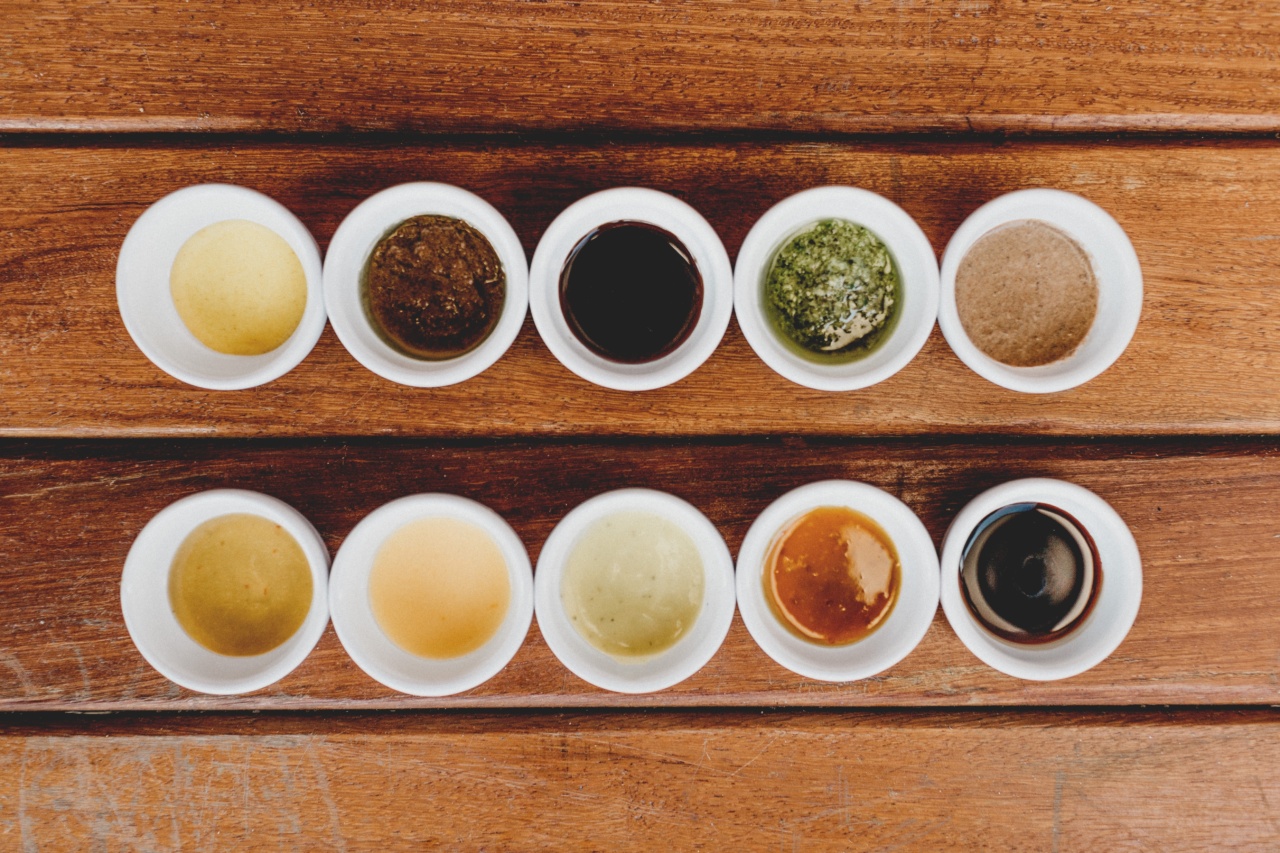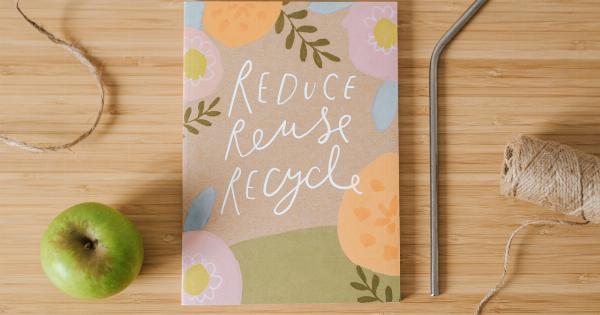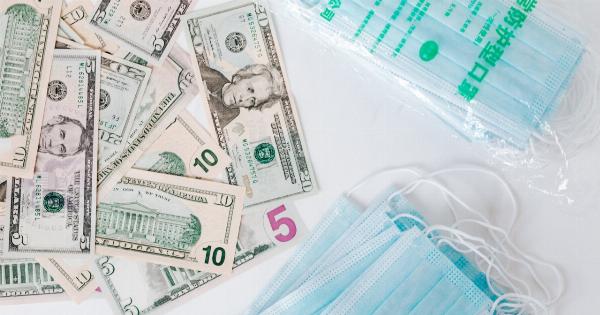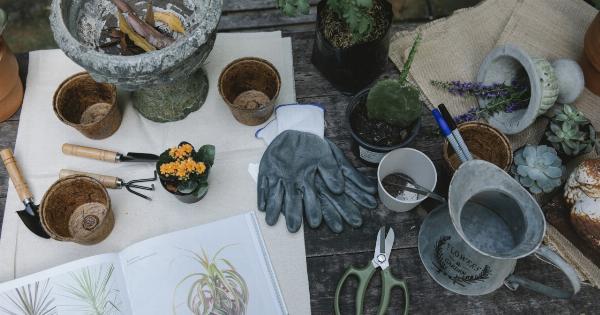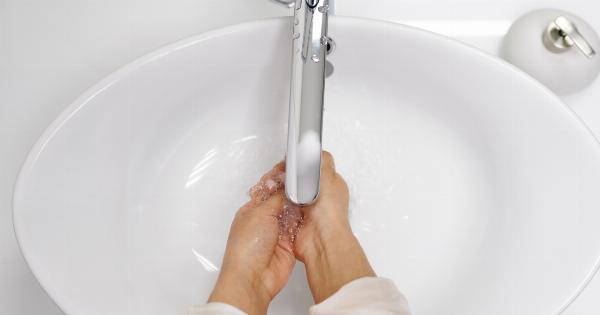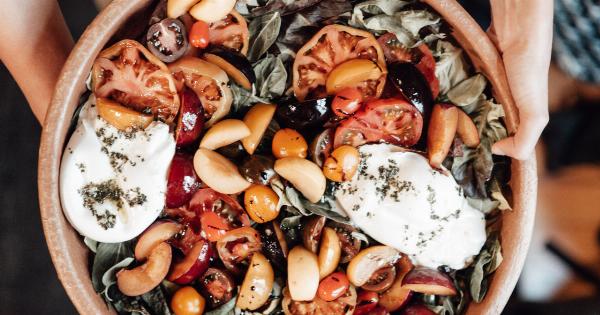Washing fresh produce before consuming it is a vital step to remove dirt, bacteria, and pesticides. However, not all produce can be washed the same way. Different fruits and vegetables require different methods of cleaning.
Here are some guidelines for washing different types of produce:.
Firm Produce
Firm produce such as cucumbers, carrots, and bell peppers can be washed with simple tap water. Use your hands to rub the surface of the produce to remove any dirt or residue. Then rinse it thoroughly under running water.
Dry with a clean cloth or paper towel before storing. For leafy greens, use the same technique, but make sure to remove any damaged or wilted leaves before washing.
Fruits with a Hard Skin or Rind
Fruit such as apples, oranges, and watermelons have a hard skin or rind that protects their flesh. Start by washing your hands and the fruit thoroughly under running water.
Use a brush to scrub the surface of the fruit, especially if there are any stubborn dirt spots. Then rinse it under running water and dry with a clean cloth or paper towel before eating or cutting it.
Fruits with a Soft Skin
Fruits such as peaches, plums, and grapes have a soft skin that can be easily damaged during washing. Start by rinsing the fruit under running water to remove any dirt or residue. Then soak the fruit in a bowl of water and white vinegar for a few minutes.
Make sure that the fruit is completely submerged. The vinegar will help remove any pesticides or bacteria. Rinse the fruit again under running water and dry with a clean cloth or paper towel. This method helps to preserve the quality of the fruit while ensuring that it’s safe to eat.
Berries
Berries such as strawberries, raspberries, and blueberries have a delicate texture that requires special care during washing. Start by rinsing them under running water, making sure to remove any stems or debris.
Then place the berries in a bowl of water and white vinegar for a few minutes. Make sure that the berries are completely submerged. Gently swirl the berries in the water to loosen any dirt or pesticides. Next, rinse the berries with clean water and drain them well.
Finally, spread them out on a clean cloth or paper towel to dry completely before refrigerating.
Mushrooms
Mushrooms should not be washed under running water as they absorb too much moisture. Start by wiping the mushrooms with a damp cloth or paper towel to remove any dirt or debris. If necessary, you can also use a soft brush to remove any stubborn dirt.
Avoid soaking the mushrooms in water as they may become slimy and lose their flavor.
Root Vegetables
Root vegetables such as potatoes, sweet potatoes, and beets should be washed with care to avoid damaging their skin. Start by scrubbing them with a brush under running water to remove any dirt or debris.
Then rinse them under running water and dry with a clean cloth or paper towel. Avoid soaking root vegetables in water as they may lose their flavor and become waterlogged.
Citrus Fruits
Citrus fruits such as lemons, limes, and grapefruits have thick skin that protects their flesh. Start by washing your hands and the fruit thoroughly under running water.
Use a brush to scrub the surface of the fruit, especially if there are any stubborn dirt spots. Then rinse it under running water and dry with a clean cloth or paper towel.
Tomatoes
Tomatoes should be washed under running water before eating or cooking them. Use your hands to rub the tomato gently to remove any dirt or residue. Rinse under running water and dry with a clean cloth or paper towel.
Avoid soaking tomatoes in water as they may lose their flavor and become waterlogged.
Corn
Corn should be washed with running water before cooking it. However, it’s not necessary to remove its husk or silk beforehand. After washing the corn, you can boil or grill it with the husk on, then peel it before eating.
Conclusion
Washing produce before consuming it is important to remove dirt, bacteria, and pesticides. Different types of produce require different methods of washing to preserve their quality and flavor.
By following the guidelines above, you can ensure that your fruits and vegetables are safe to eat and free of harmful substances.
